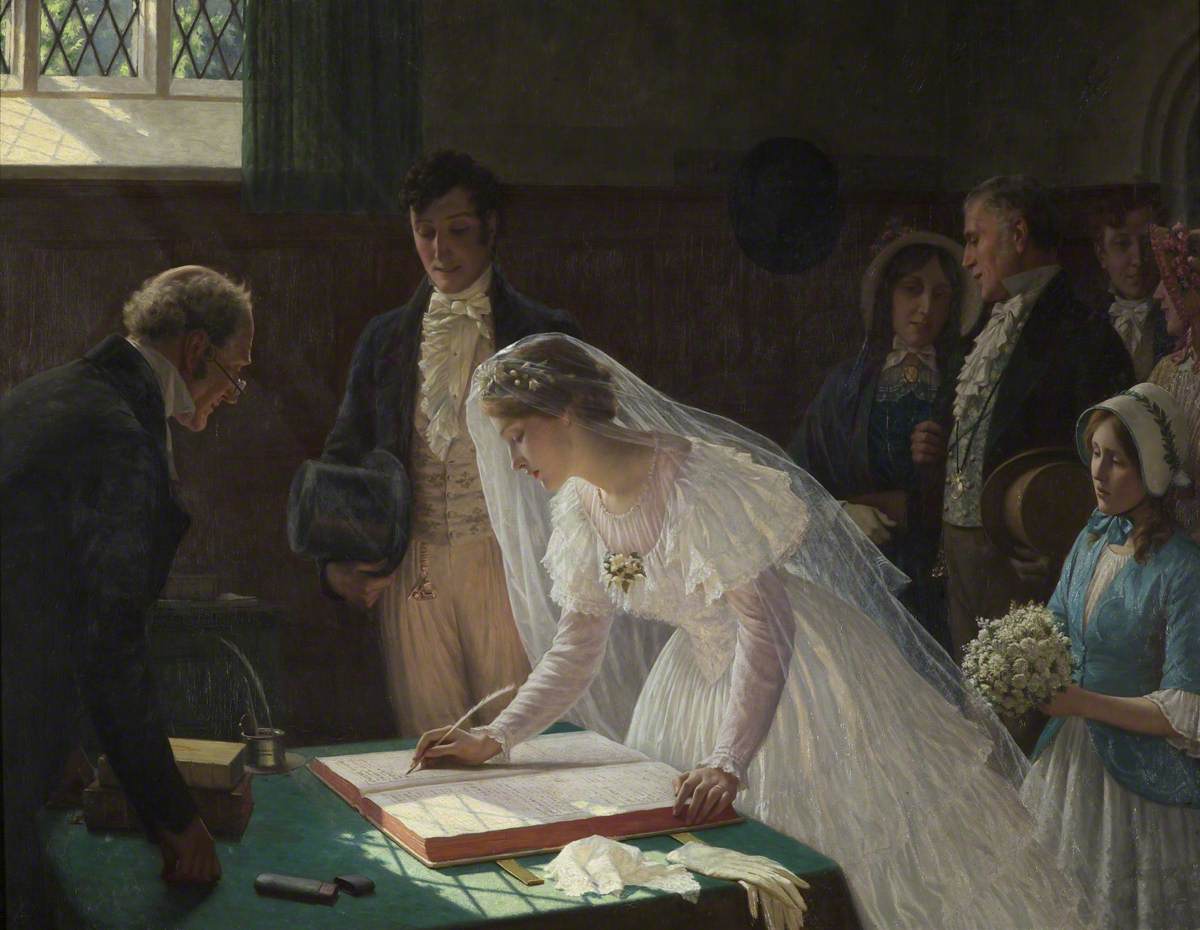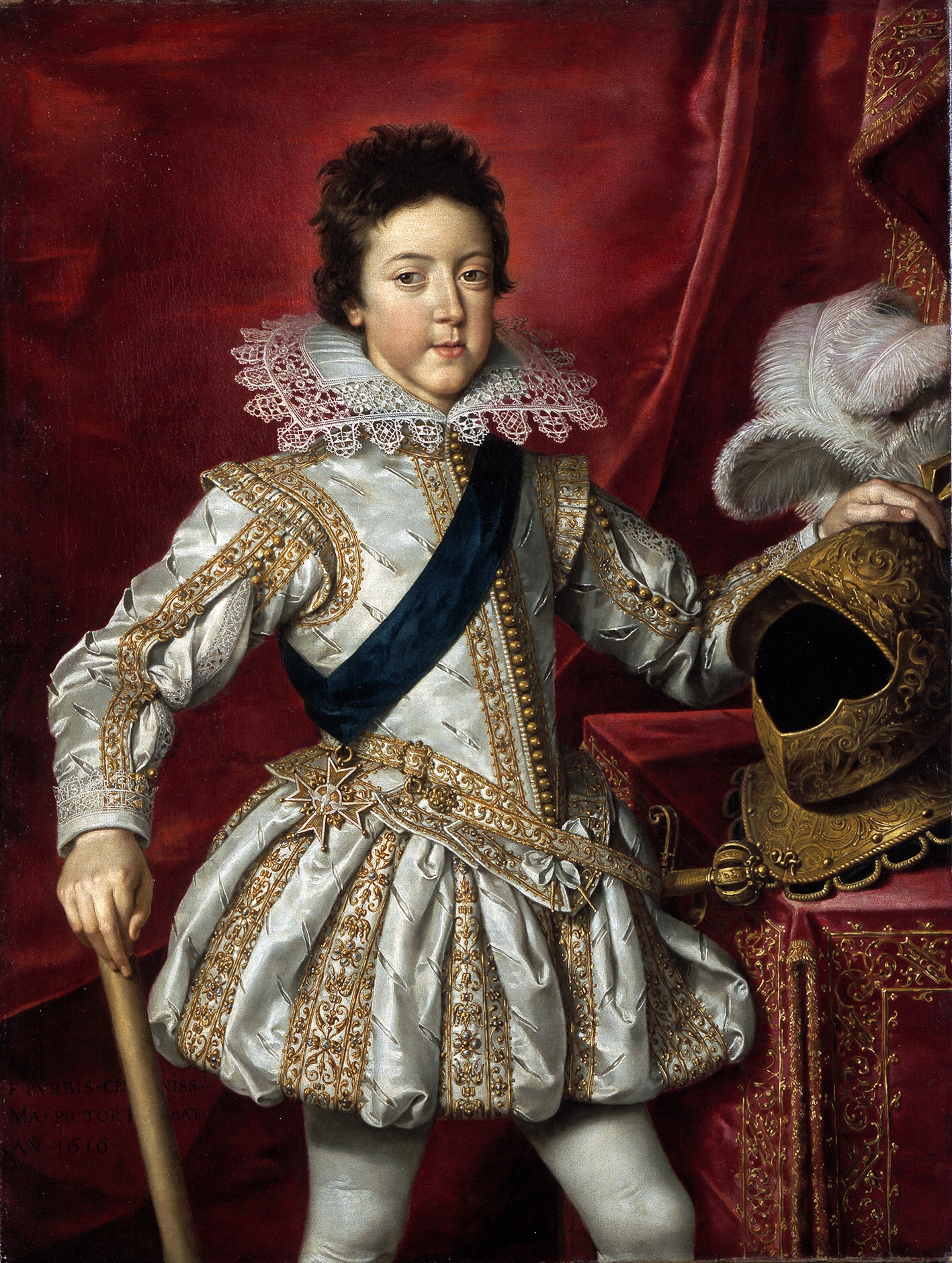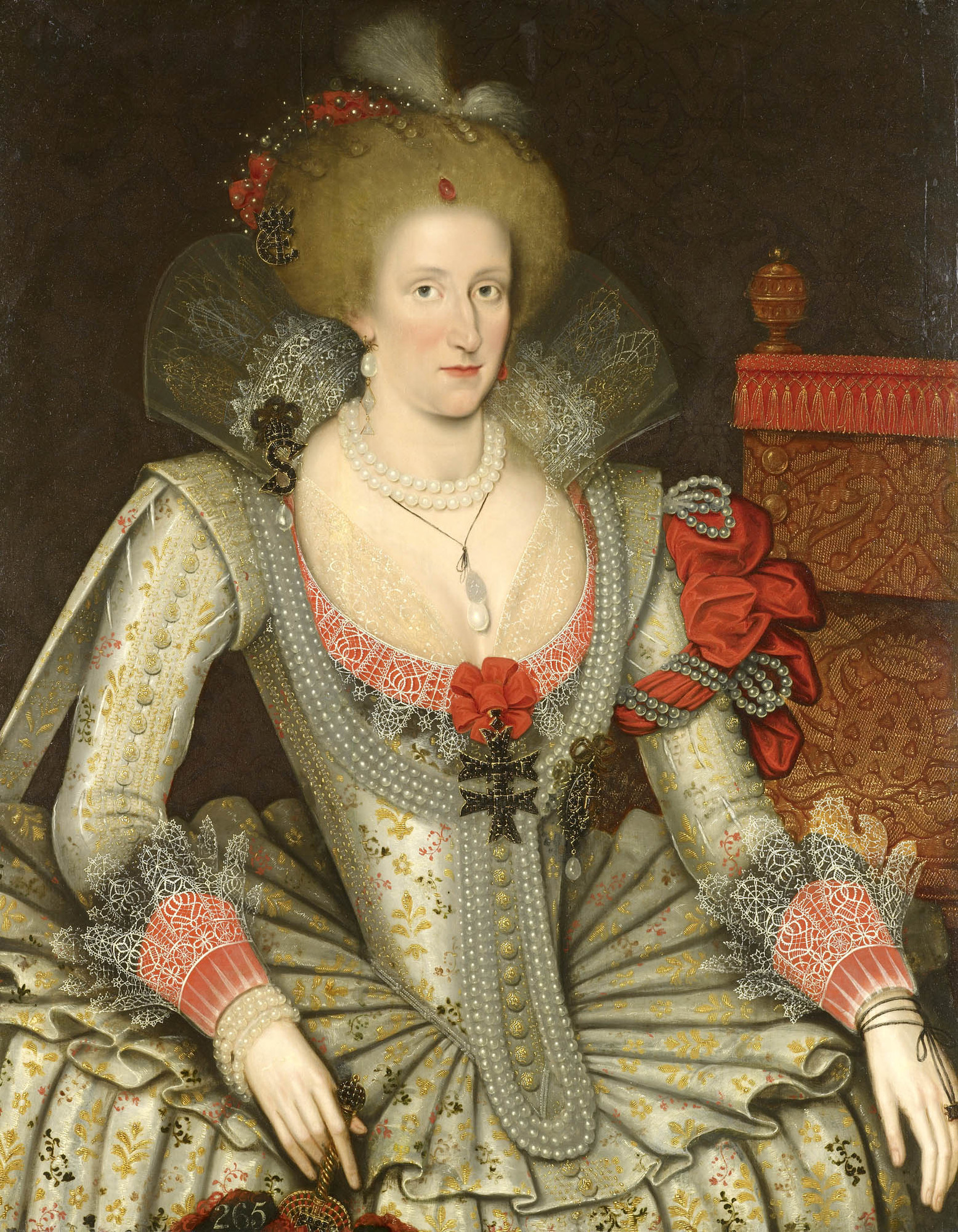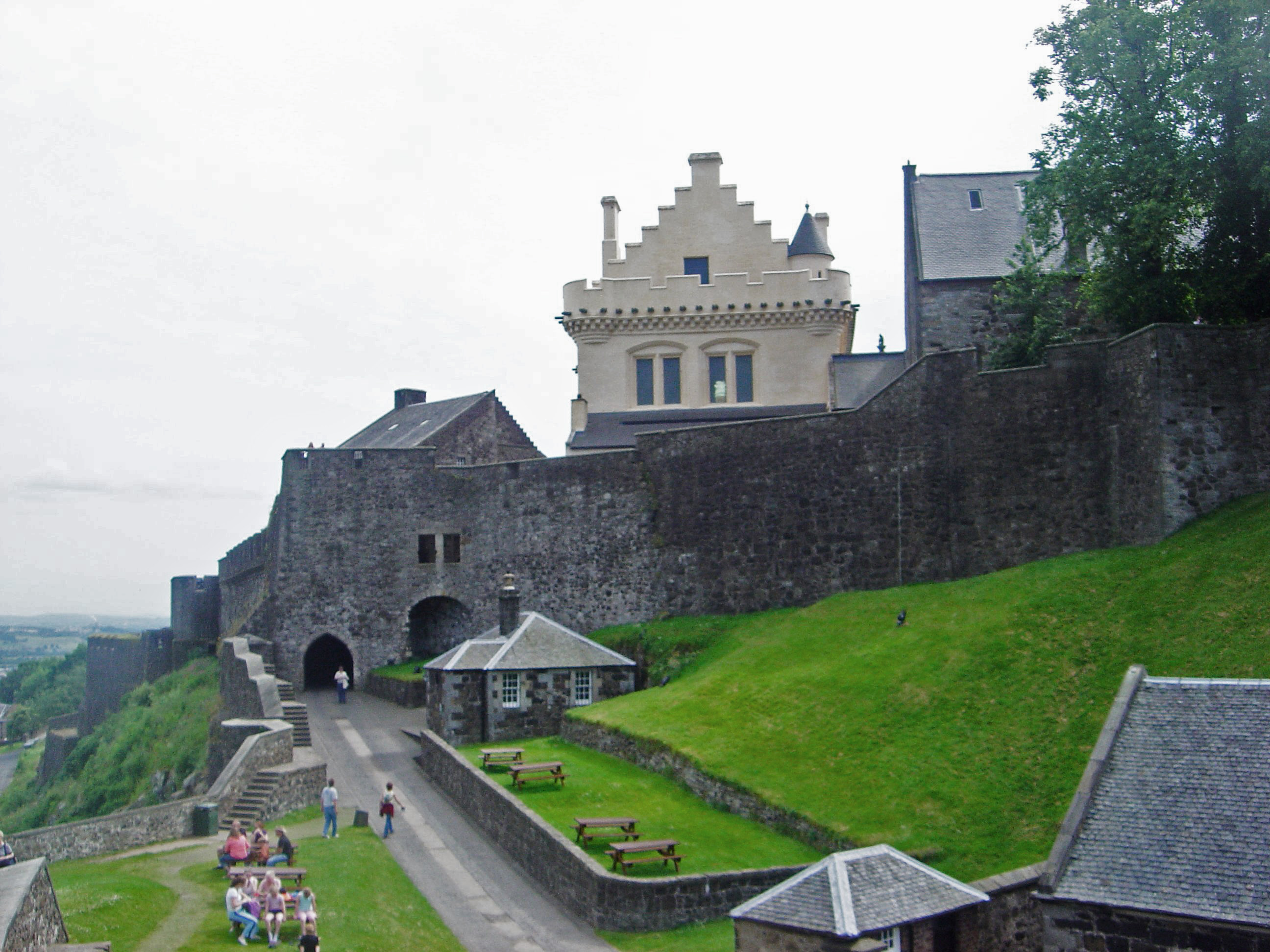|
Proxy Marriage
A proxy wedding or proxy marriage is a wedding in which one or both of the individuals being united are not physically present, usually being represented instead by other persons (proxies). If both partners are absent, this is known as a double proxy wedding. Marriage by proxy is usually resorted to in one of two situations: either a couple wish to marry but one or both partners cannot attend (for reasons such as military service, imprisonment, or travel restrictions); or a couple lives in a jurisdiction in which they cannot legally marry. In most jurisdictions, the law requires that both parties to a marriage be physically present: proxy weddings are not recognized as legally binding. Under the English common law, however, if a proxy marriage is valid under the law of the place where the marriage was celebrated (the ''lex loci celebrationis'') then it will be recognised as valid in England and Wales. History Early Modern Starting in the Middle Ages, European monarchs and n ... [...More Info...] [...Related Items...] OR: [Wikipedia] [Google] [Baidu] |
Wedding
A wedding is a ceremony in which two people are united in marriage. Wedding traditions and customs vary greatly between cultures, ethnicity, ethnicities, Race (human categorization), races, religions, Religious denomination, denominations, Country, countries, social classes, and sexual orientations. Most wedding ceremonies involve an exchange of marriage vows by a couple; a presentation of a gift (e.g., an offering, rings, a symbolic item, flowers, money, or a dress); and a public proclamation of marriage by an authority figure or Celebrant (Australia), celebrant. Special wedding garments are often worn, and the ceremony is sometimes followed by a wedding reception. Music, poetry, prayers, or readings from religious texts or literature are also commonly incorporated into the ceremony, as well as Wedding superstitions, superstitious customs. Common elements across cultures Some cultures have adopted the traditional Western custom of the white wedding, in which a bride wear ... [...More Info...] [...Related Items...] OR: [Wikipedia] [Google] [Baidu] |
Clarice Orsini
Clarice Orsini (1453 – 30 July 1488) was the daughter of Jacopo Orsini, and Maddalena Orsini; both from the Orsini family, a great Roman noble house, and was the wife of Lorenzo de' Medici. Life Clarice and Lorenzo married 4 June 1469, with a four-day celebration. The marriage was arranged by Lorenzo's mother Lucrezia Tornabuoni, who wanted her eldest son to marry a woman from a noble family to enhance the social status of the Medicis. Their marriage was unusual for Florence at the time in that they were nearly the same age. Clarice's dowry was 6,000 florins. The political nature of her marriage meant that she was often called upon by each side of her family to influence the other. This included Lorenzo helping her brother Rinaldo get selected as Archbishop of Florence. She was also called on by others throughout the area to support their requests to her husband. People sought her support in easing taxes and releasing family members from exile or prison. She would als ... [...More Info...] [...Related Items...] OR: [Wikipedia] [Google] [Baidu] |
Louis XIV
LouisXIV (Louis-Dieudonné; 5 September 16381 September 1715), also known as Louis the Great () or the Sun King (), was King of France from 1643 until his death in 1715. His verified reign of 72 years and 110 days is the List of longest-reigning monarchs, longest of any monarch in history. An emblem of the Absolutism (European history), age of absolutism in Europe, Louis XIV's legacy includes French colonial empire, French colonial expansion, the conclusion of the Thirty Years' War involving the Habsburgs, and a controlling influence on the Académie royale de peinture et de sculpture, style of fine arts and architecture in France, including the transformation of the Palace of Versailles into a center of royal power and politics. Louis XIV's pageantry and opulence helped define the French Baroque architecture, French Baroque style of art and architecture and promoted his image as absolute ruler of France in the early modern period. Louis XIV began his personal rule of France ... [...More Info...] [...Related Items...] OR: [Wikipedia] [Google] [Baidu] |
Louis XIII
Louis XIII (; sometimes called the Just; 27 September 1601 – 14 May 1643) was King of France from 1610 until his death in 1643 and King of Navarre (as Louis II) from 1610 to 1620, when the crown of Navarre was merged with the French crown. Shortly before his ninth birthday, Louis became king of France and Navarre after his father Henry IV was assassinated. His mother, Marie de' Medici, acted as regent during his minority. Mismanagement of the kingdom and ceaseless political intrigues by Marie and her Italian favourites led the young king to take power in 1617 by exiling his mother and executing her followers, including Concino Concini, the most influential Italian at the French court. Louis XIII, taciturn and suspicious, relied heavily on his chief ministers, first Charles d'Albert, duc de Luynes and then Cardinal Richelieu, to govern the Kingdom of France. The King and the Cardinal are remembered for establishing the ''Académie française'', and ending the revolt of ... [...More Info...] [...Related Items...] OR: [Wikipedia] [Google] [Baidu] |
Anne Of Austria
Anne of Austria (; ; born Ana María Mauricia; 22 September 1601 – 20 January 1666) was Queen of France from 1615 to 1643 by marriage to King Louis XIII. She was also Queen of Navarre until the kingdom's annexation into the French crown in 1620. After her husband's death, Anne was regent to her son Louis XIV during his minority until 1651. Anne was born in Valladolid to King Philip III of Spain and Margaret of Austria, Queen of Spain, Margaret of Austria. She was betrothed to King Louis XIII of France in 1612 and they married three years later. The two had a difficult marital relationship, exacerbated by her miscarriages and the anti-House of Habsburg, Habsburg stance of Louis' first minister, Cardinal Richelieu. Despite a climate of distrust amidst the Franco-Spanish War (1635–1659), Franco-Spanish War and twenty-three years of childlessness in which she suffered five miscarriages, Anne gave birth to an heir, Louis, in 1638 and a second son, Philippe I, Duke of Orléan ... [...More Info...] [...Related Items...] OR: [Wikipedia] [Google] [Baidu] |
Anne Of Denmark
Anne of Denmark (; 12 December 1574 – 2 March 1619) was the wife of King James VI and I. She was List of Scottish royal consorts, Queen of Scotland from their marriage on 20 August 1589 and List of English royal consorts, Queen of England and Ireland from the union of the Scottish and English crowns on 24 March 1603 until Death and funeral of Anne of Denmark, her death in 1619. The second daughter of King Frederick II of Denmark and Sophie of Mecklenburg-Güstrow, Anne married James at age 14. They had three children who survived infancy: Henry Frederick, Prince of Wales, who predeceased his parents; Elizabeth Stuart, Queen of Bohemia, Princess Elizabeth, who became Queen of Bohemia; and James's future successor, Charles I of England, Charles I. Anne demonstrated an independent streak and a willingness to use factional Scottish politics in her conflicts with James over the custody of Prince Henry and his treatment of her friend Barbara Ruthven, Beatrix Ruthven. Anne app ... [...More Info...] [...Related Items...] OR: [Wikipedia] [Google] [Baidu] |
James VI And I
James VI and I (James Charles Stuart; 19 June 1566 – 27 March 1625) was King of Scotland as James VI from 24 July 1567 and King of England and King of Ireland, Ireland as James I from the union of the Scottish and English crowns on 24 March 1603 until Death and funeral of James VI and I, his death in 1625. Although he long tried to get both countries to adopt a closer political union, the kingdoms of Kingdom of Scotland, Scotland and Kingdom of England, England remained sovereign states, with their own parliaments, judiciaries, and laws, ruled by James in personal union. James was the son of Mary, Queen of Scots, and a great-great-grandson of Henry VII of England, Henry VII, King of England and Lord of Ireland, and thus a potential successor to all three thrones. He acceded to the Scottish throne at the age of thirteen months, after his mother was forced to abdicate in his favour. Although his mother was a Catholic, James was brought up as a Protestant. Four regents gove ... [...More Info...] [...Related Items...] OR: [Wikipedia] [Google] [Baidu] |
Beatrice Of Portugal, Duchess Of Savoy
Infanta Beatrice of Portugal ( ; 31 December 1504 – 8 January 1538) was a Portuguese princess by birth and a Duchess of Savoy by marriage to Charles III, Duke of Savoy. She was the ruling countess of Asti from 1531 to 1538. Life She was the second daughter of Manuel I of Portugal (1469–1521) and his second wife, Maria of Aragon (1482–1517). Her siblings included King John III of Portugal and Isabella, Holy Roman Empress. She was educated under the supervision of her governess Elvira de Mendoza. In Villefranche-sur-Mer on 29 September 1521, Beatrice married Duke Charles III of Savoy. He had succeeded as the duke of Savoy in 1504, making Beatrice duchess at the moment of her wedding. Beatrice was described as beautiful, brilliant, and ambitious. In 1531, she received the County of Asti as a fiefdom from her cousin and brother-in-law, Emperor Charles V, which on her death was inherited by her son and permanently included in the Savoys' heritage. In 1534, she welc ... [...More Info...] [...Related Items...] OR: [Wikipedia] [Google] [Baidu] |
Charles II, Duke Of Savoy
Charles II or Charles John Amadeus (''Carlo Giovanni Amedeo'' in Italian) (23 June 1489, Turin, Piedmont – 16 April 1496), was the Duke of Savoy from 1490 to 1496 but his mother Blanche of Montferrat (1472–1519) was the actual ruler as a regent. In 1485 his father Charles I had received the hereditary rights to the Kingdoms of Cyprus, Jerusalem, and Armenia which were inherited by young Charles. Biography During his reign, Charles VIII of France invaded Italy and conquered Naples; and the House of Savoy, under Blanche's regency, allowed Charles free passage through the duchy.Michael Mallett and Christine Shaw, ''The Italian Wars, 1494–1559'', (Pearson Education Limited, 2012), 6. Born in Turin, Duke Charles died in Moncalieri at about seven, falling by his bed. His duchy was therefore inherited by his granduncle Philip II (reigned 1496–1497), the male heir of the Savoy line. Charles's heir-general was his underage sister Violante Ludovica, who was married to ... [...More Info...] [...Related Items...] OR: [Wikipedia] [Google] [Baidu] |
Louis XII
Louis XII (27 June 14621 January 1515), also known as Louis of Orléans was King of France from 1498 to 1515 and King of Naples (as Louis III) from 1501 to 1504. The son of Charles, Duke of Orléans, and Marie of Cleves, he succeeded his second cousin once removed and brother-in-law, Charles VIII of France, Charles VIII, who died childless in 1498. Louis was the second cousin of King Louis XI, who compelled him to marry the latter's disabled and supposedly Sterility (physiology), sterile daughter Joan of France, Duchess of Berry, Joan. By doing so, Louis XI hoped to extinguish the House of Valois-Orléans, Orléans cadet branch of the House of Valois. When Louis XII became king in 1498, he had his marriage with Joan annulled by Pope Alexander VI and instead married Anne, Duchess of Brittany, the widow of Charles VIII. This marriage allowed Louis to reinforce the personal Union of Brittany and France. Louis of Orléans was one of the great feudal lords who opposed the French mona ... [...More Info...] [...Related Items...] OR: [Wikipedia] [Google] [Baidu] |
Mary Tudor, Queen Of France
Mary Tudor ( ; 18 March 1496 – 25 June 1533) was an English princess who was briefly Queen of France as the third wife of King Louis XII. Louis was more than 30 years her senior. Mary was the fifth child of Henry VII of England and Elizabeth of York, and the youngest to survive infancy. Following Louis's death, Mary married Charles Brandon, 1st Duke of Suffolk. Performed secretly in France, the marriage occurred without the consent of Mary's brother Henry VIII. The marriage necessitated the intervention of Thomas Wolsey; Henry eventually pardoned the couple after they paid a large fine. Mary had four children with Suffolk. Through her older daughter, Frances, she was the maternal grandmother of Lady Jane Grey, the disputed queen of England for nine days in July 1553. Early life Mary was the fifth child of Henry VII of England and Elizabeth of York, and the youngest of those who survived infancy. She was born at Shene Palace, on 18 March 1496. Mary was likely named after ... [...More Info...] [...Related Items...] OR: [Wikipedia] [Google] [Baidu] |
James IV Of Scotland
James IV (17 March 1473 – 9 September 1513) was List of Scottish monarchs, King of Scotland from 11 June 1488 until his death at the Battle of Flodden in 1513. He inherited the throne at the age of fifteen on the death of his father, James III of Scotland, James III, at the Battle of Sauchieburn, following a rebellion in which the younger James was the figurehead of the rebels. James IV is generally regarded as the most successful of the House of Stuart, Stewart monarchs of Scotland. He was responsible for a major expansion of the Royal Scots Navy, Scottish royal navy, which included the founding of two royal dockyards and the acquisition or construction of 38 ships, including the ''Great Michael'', the largest warship of its time. James was a patron of the arts and took an active interest in the law, literature and science. With his patronage the Chepman and Myllar Press, printing press came to Kingdom of Scotland, Scotland, the University of Aberdeen and the Royal College o ... [...More Info...] [...Related Items...] OR: [Wikipedia] [Google] [Baidu] |









